When you head to Paris, hearing “I’ll meet you in the 4th” or “I’m staying on the left bank” can be a bit confusing. In this article, we’ll explain the difference between the left bank and right bank of Paris, plus the history of Paris’ arrondissements. You’ll fit in with the locals in no time!
Paris Right Bank, Left Banks, And Arrondissements: What & Where They Are
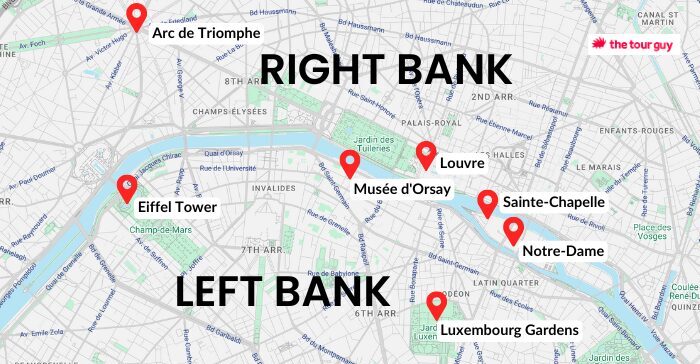
If you’re wondering where the left and right banks of Paris are and what an arrondissement is, here’s the quick answer.
The right bank, or Rive Droite in French, refers to the north side of the Seine River. It’s called the right bank because when you stand facing west (towards the ocean), it’s on the right side of the Seine River.
The left bank, or Rive Gauche in French, refers to the south side of the Seine River. It’s called the left bank because when you stand facing west, it’s on the left side of the Seine River.
There are 20 arrondissements or districts in Paris. They spiral out from the center in a clockwise direction, starting with the area where you’ll find the Louvre and Tuileries Gardens. The central arrondissements are small, and they get larger as you spiral out.
What Is an Arrondissement?
Paris is divided into 20 administrative districts called arrondissements, which spiral out from the city center in a clockwise pattern. The original 12 were created in 1795, and the current 20 took shape in 1860 under Napoleon III during a major city expansion.
Locals refer to them by number, like “the 7th” or “the 11th”, instead of using the full word. You’ll also see it shortened to “arr.” in books, maps, and travel guides.
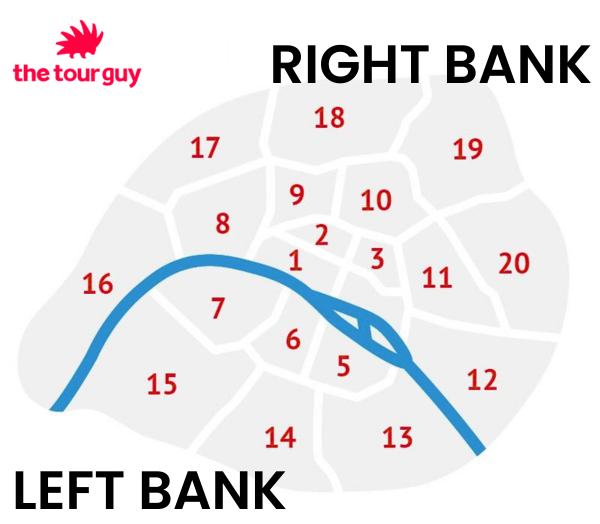
Quick Look at Paris Arrondissements: The Popular 8
These eight arrondissements are home to the city’s most famous art, architecture, shopping, and nightlife. R = Right Bank (north side), L = Left Bank (south side).
- 1st (R): Louvre Museum, Tuileries Garden, Palais Royal
- 4th (R): Notre-Dame Cathedral, Île Saint-Louis, Le Marais (historic Jewish quarter)
- 5th (L): Latin Quarter, Panthéon, Roman ruins
- 6th (L): Luxembourg Gardens, Saint-Germain-des-Prés, literary cafés
- 7th (L): Eiffel Tower, Musée d’Orsay, Invalides
- 8th (R): Champs-Élysées, Arc de Triomphe, luxury shopping
- 9th (R): Palais Garnier (Opera), Galeries Lafayette, Grands Boulevards
- 18th (R): Sacré-Cœur, Montmartre, artists’ studios and bohemian streets
Paris’ Right Bank (Rive Droite): Where It Is & Things to Do
North of the Seine, the Right Bank is Paris’ showpiece: stately avenues lined with flagship boutiques, Belle‑Époque cafés, and the city’s most photographed monuments.
Things to Do on the Right Bank of Paris
So, what’s there to see and do on the Right Bank of Paris? Here’s our favorites:
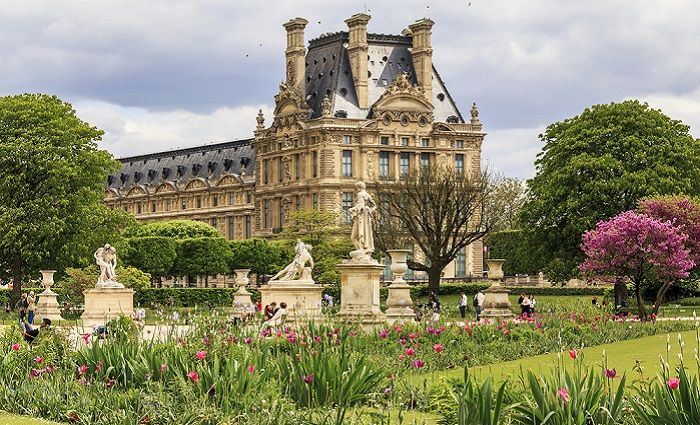
- Louvre Museum: Stand face‑to‑face with the Mona Lisa, then roam palace halls packed with 35,000 masterpieces.
- Tuileries Garden: Stroll formal alleys, lounge on green chairs by the pond, and watch life flow between the Louvre and Place de la Concorde.
- Montmartre & Sacré‑Cœur: Wander steep cobbled lanes, browse artists’ easels at Place du Tertre, and soak up skyline views from the basilica steps.
- Le Marais: Shop indie boutiques, grab a falafel to‑go, and picnic beneath the arcades of Place des Vosges.
- Champs‑Élysées: Window‑shop glitzy flagships, sip a café crème on a terrace, and stride up to the Arc de Triomphe.
- Musée de l’Orangerie: Immerse yourself in Monet’s panoramic Water Lilies and explore pocket‑size Impressionist galleries.
Where to Eat on the Right Bank of Paris
Expect a mix of classic French dining, elegant patisseries, and modern international cuisine. Here’s our favorites:
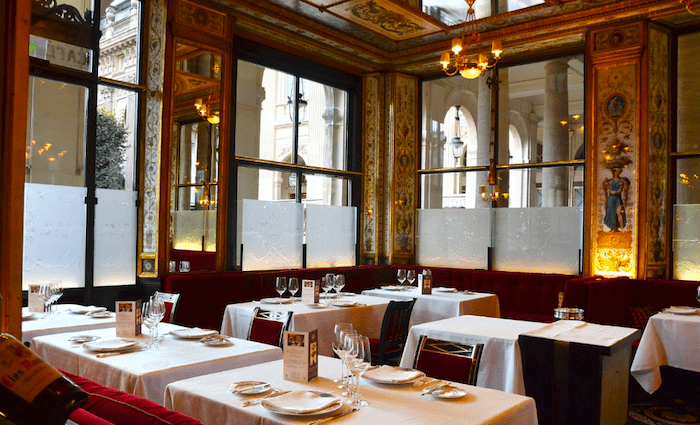
Le Grand Vefour | €€€€ | French Upscale | Historic
Enjoy fresh fish, quality French cheese, and decadent desserts at this flashy 1700s brasserie near the Louvre.
Le Moulin de la Galette | €€€ | Traditional | Outdoor Seating
Dine where Renoir once painted, with outdoor tables, rich French flavors, and a little Montmartre magic in the air.
La Régalade Saint-Honoré | €€€ | Elevated Bistro | Great Atmosphere
Squeeze in beside locals for duck hearts with oyster mushrooms or rabbit hachis Parmentier at this reservation‑only foodie favorite on Rue Saint‑Honoré.
For more ideas, check out the best restaurants near the Louvre and in Montmartre.
Where to Stay on the Right Bank of Paris
Think palace hotels near Place Vendôme, chic boutiques in Le Marais, and larger chains by Gare du Nord.
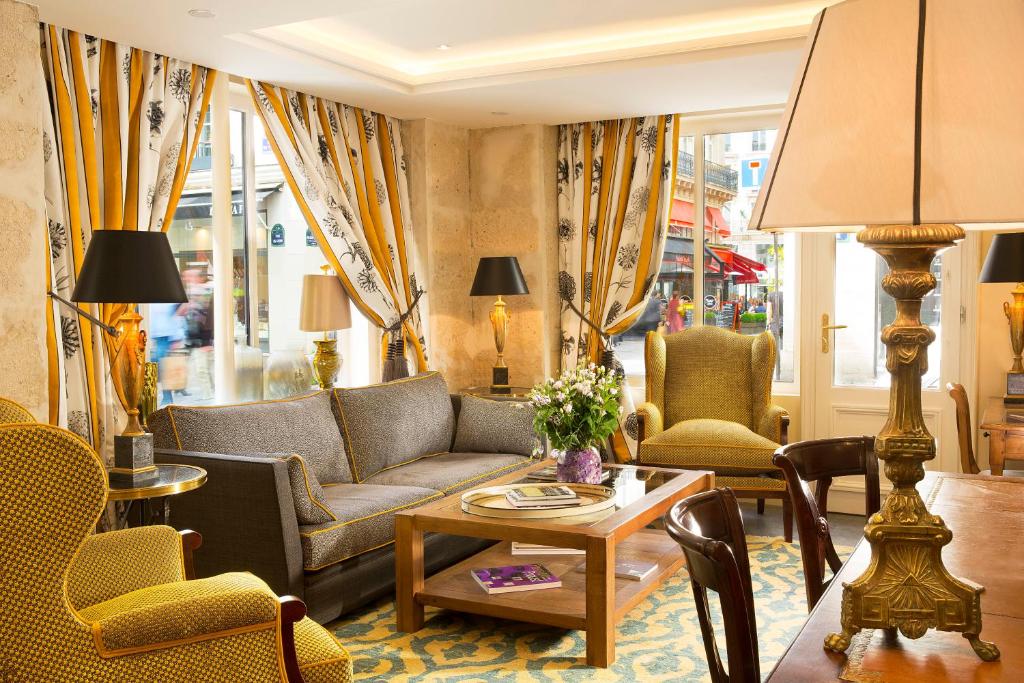
Hôtel Le Relais des Halles ⭐⭐⭐⭐
1st Arr. • Antique Charm • Central
This antique‑styled boutique is family‑friendly and quiet, with in‑room tea sets and the metro 100 m away.
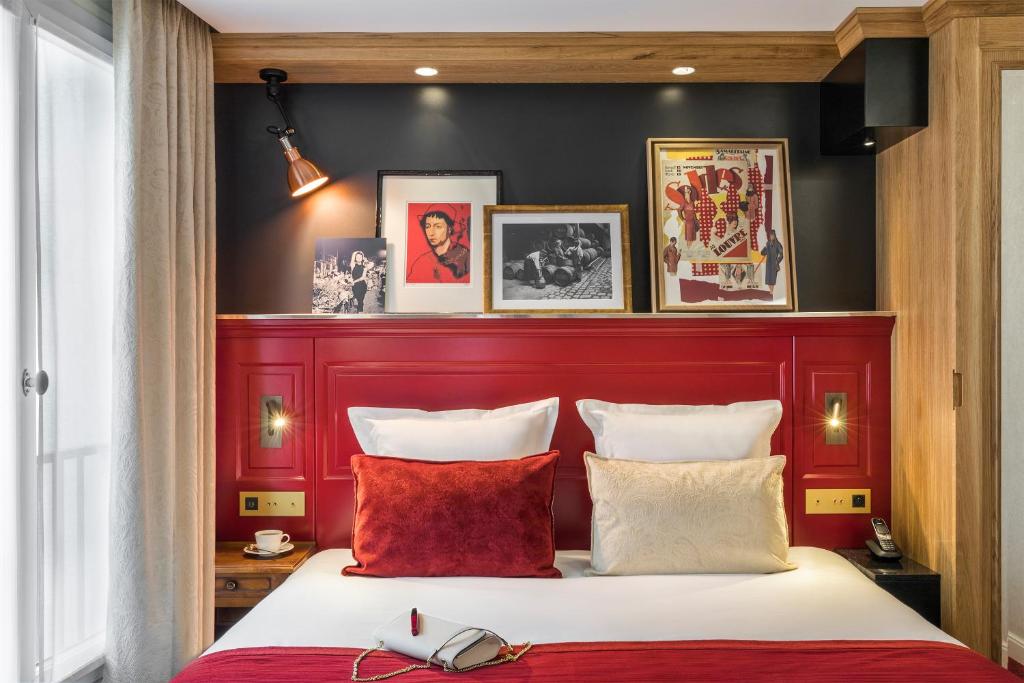
Hotel Ducs de Bourgogne ⭐⭐⭐⭐
1st Arr. • Buffet Breakfast • Elegant
Well-located near the Seine with historic style, modern comforts, and a cozy breakfast cellar.
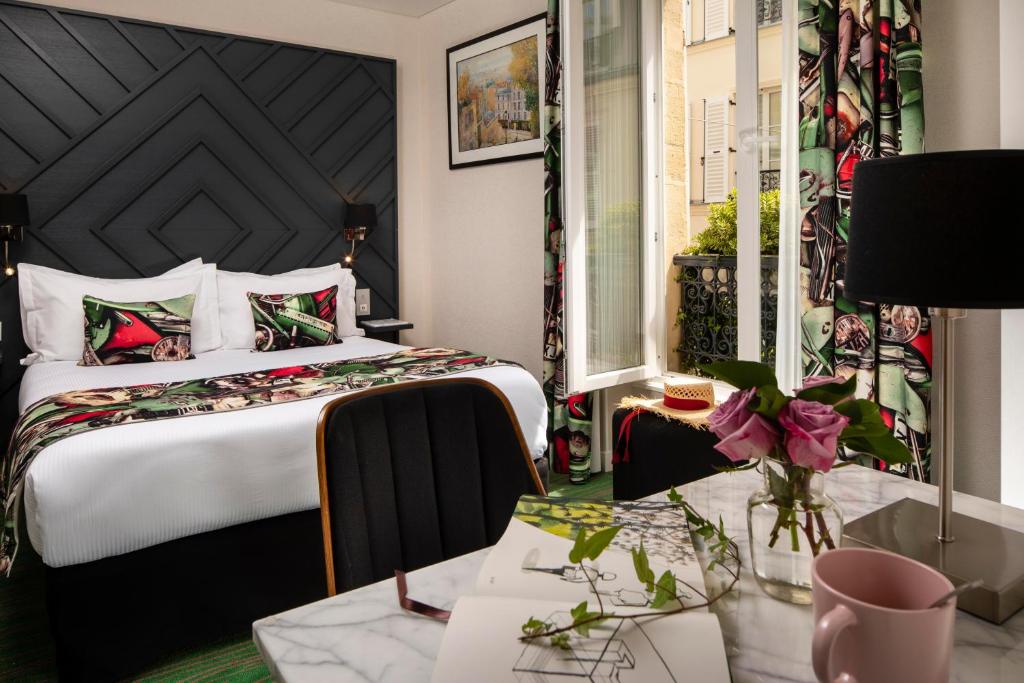
Hotel des Arts Montmartre ⭐⭐⭐⭐
Montmartre • Retro Decor • Local Vibe
Funky, friendly, and perfectly placed for exploring Montmartre’s quieter streets. Great value with real neighborhood charm.
Top Tours in Paris’ Right Bank
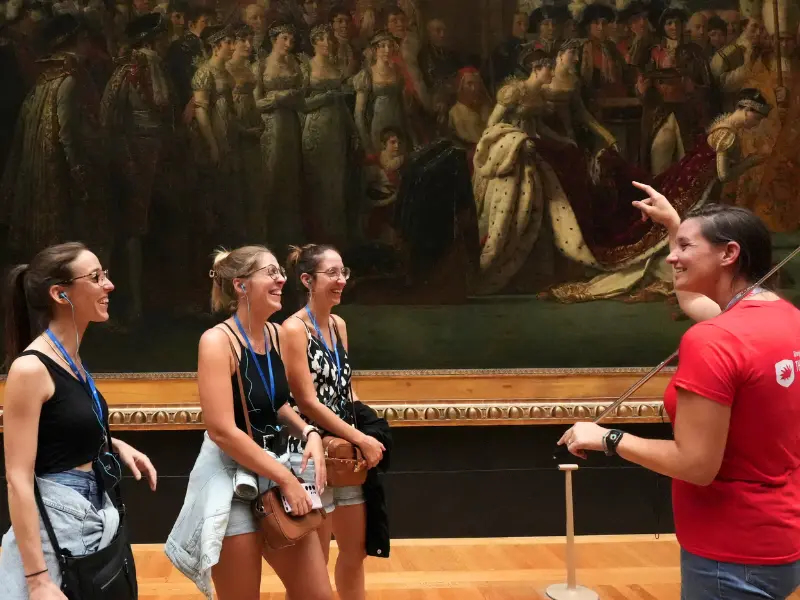
Secrets of the Louvre Museum Tour with Mona Lisa
2.5 Hours | €€
Get to know Venus de Milo, Liberty Leading the People, and Napoleon’s Coronation like never before.
Book Now!
Champagne & Oysters Paris Food Tour
3 Hours | €€
Indulge in 11 exquisite tastings across 5 unforgettable stops in Le Marais.
Book Now!
Food Tour of Paris’ Montmartre District
4 Hours | €€€
Savor the finest baguettes, macarons, wines, and cheeses while uncovering the soul of Montmartre.
Book Now!Paris’ Left Bank (Rive Gauche): Where It Is & Things to Do
South of the Seine, the Left Bank has long been the home of scholars, scribblers, rebellious ideas, and café debates. Today, it balances that intellectual edge with blockbuster sights such as the Eiffel Tower, Musée d’Orsay, and the leafy Luxembourg Gardens.
Things to Do on the Left Bank of Paris
So, what’s there to see and do on the Right Bank of Paris? Here’s our favorites:
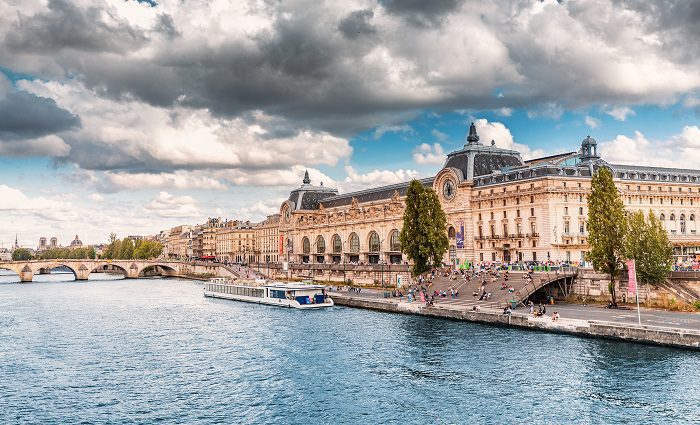
- Eiffel Tower: Ride the elevators (or brave the stairs) for sweeping skyline views.
- Musée d’Orsay: Stroll past Monet, Van Gogh, and Degas beneath the museum’s soaring station clock.
- Saint‑Germain‑des‑Prés: Linger over coffee in storied cafés before browsing chic boutiques and art galleries.
- Latin Quarter & Panthéon: Meander through book‑lined lanes, then step inside the Panthéon to pay respects to France’s great minds.
- Luxembourg Gardens: Sail toy boats on the pond, picnic under chestnut trees, or people‑watch from classic green chairs.
Where to Eat on the Left Bank of Paris
On the left bank, you’ll find historic cafés, seafood bistros, and unfussy brasseries teeming with locals. Here’s our favorites:
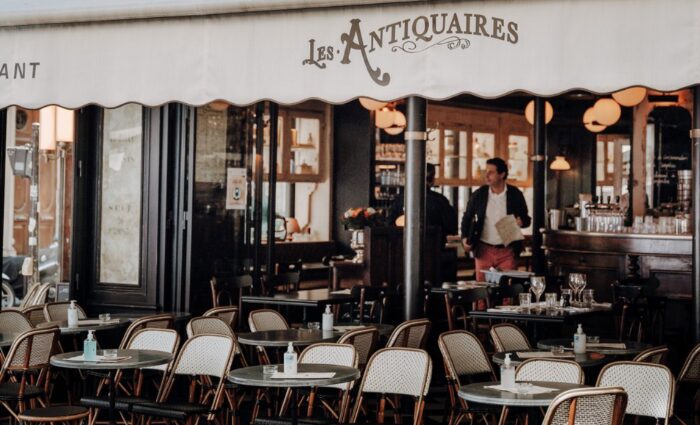
Les Antiquaires | €€ | French Bistro | Welcoming Feel
Tucked near the Orsay, this cozy spot serves bistro favorites with charm.
La Palette | €€ | Artistic Café | Historic Favorite
Century‑old spot with rustic interiors and a lovely outdoor terrace.
Huguette, Bistro de la Mar | €€ | Seafood | Casual and Fresh
Casual seafood restaurant—don’t miss the grilled octopus and creamy mash.
Where to Stay on the Left Bank of Paris
The left bank is a mixed bag of guesthouses, luxury apartments with Eiffel Tower views, and elegant boutique hotels.
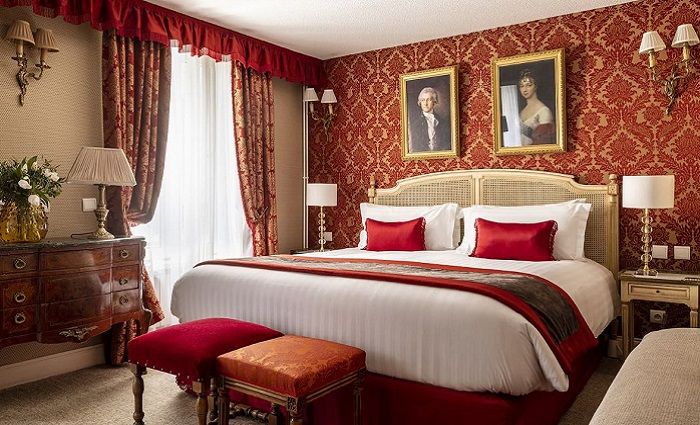
Hôtel de Seine ⭐⭐⭐
Saint-Germain-des-Prés • Period Décor
Surprisingly affordable for its beauty, plus optional breakfast buffet and amenities for kids.
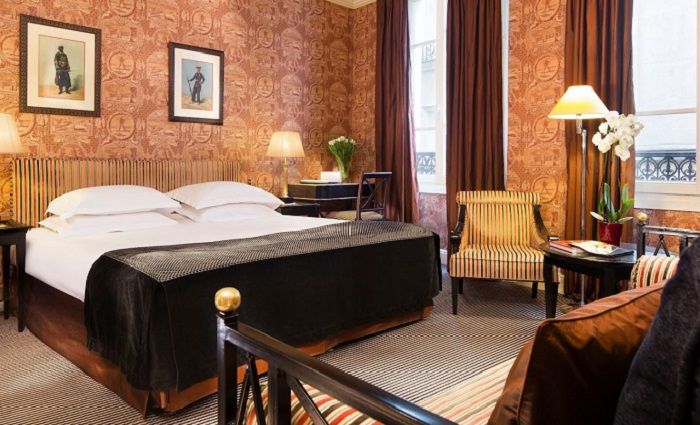
Hôtel Villa d’Estrées ⭐⭐⭐⭐
Latin Quarter • Stylish and Spacious
Classic hotel within 5 minutes from Pont Neuf, Notre Dame, and Ile Saint Louise.
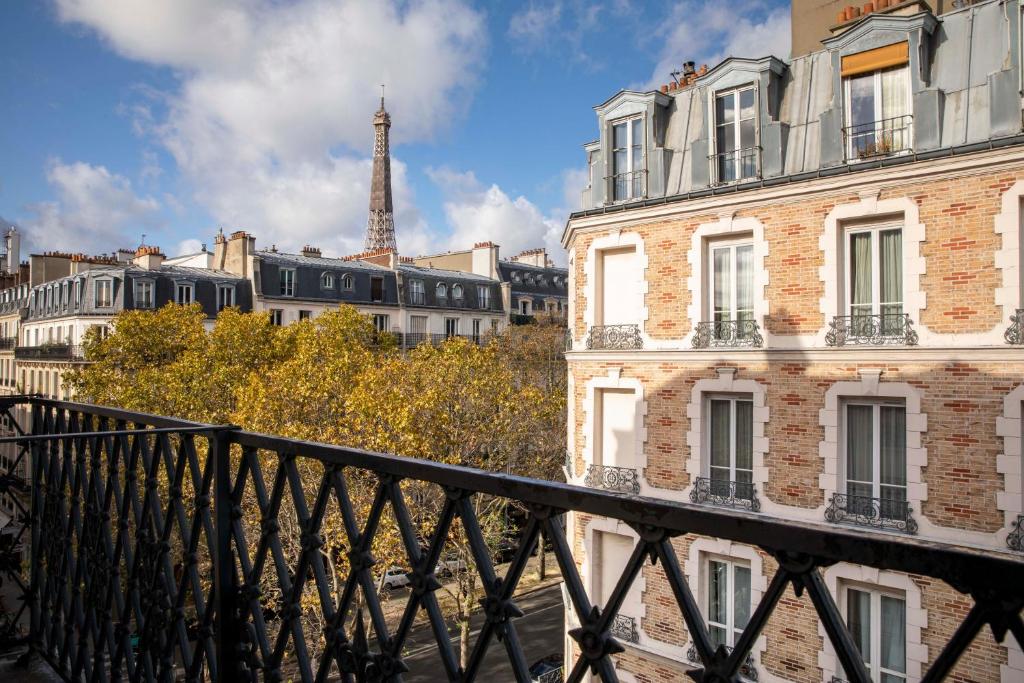
Hotel Relais Bosquet by Malone ⭐⭐⭐⭐
7th Arr. • Classic French Garden Decor
Just 0.5 miles from the Eiffel Tower and featuring a cozy garden, this hotel gives off that ultimate Paris feel.
Top Tours in Paris’ Left Bank
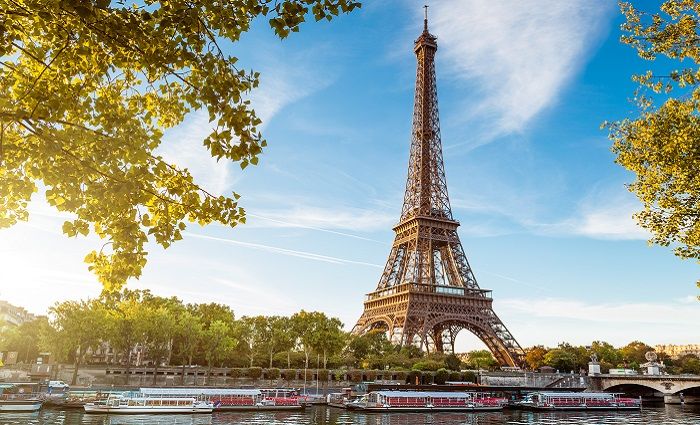
Privileged Access Eiffel Tower Tour with Seine River Cruise
2.5 Hours | €€
See beautiful Paris with second floor Eiffel Tower elevator tickets, a river cruise, and champagne.
Book Now!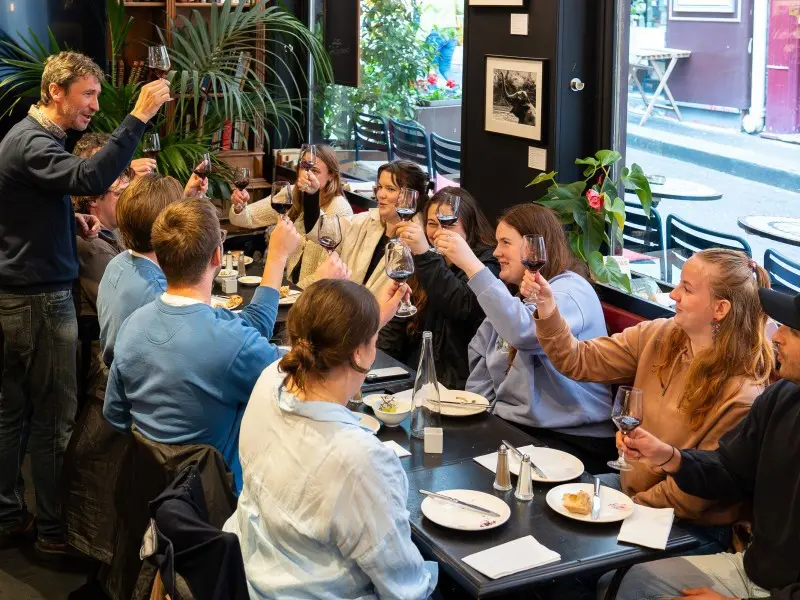
Cheese and Wine Tour in Latin Quarter
1.5 Hours | €€
Explore Latin Quarter and sample local cheese and wine alongside a local guide and sommelier.
Book Now!
Semi-Private Musée d’Orsay Tour with Skip the Line Tickets
2 Hours | €€
Admire pieces by Monet, Renoir, Van Gogh, and more alongside an expert guide and semi-private group.
Book Now!Frequently Asked Questions About Paris’ Arrondissements
The Left Bank (Rive Gauche) is south of the Seine and known for its historic universities, artistic culture, and literary cafés. The Right Bank (Rive Droite) is north of the river and famous for grand boulevards, luxury shopping, and world-class museums.
The Eiffel Tower is located on the Left Bank of Paris, in the 7th arrondissement.
Arrondissements are the 20 numbered administrative districts of Paris that spiral out from the city center in a clockwise direction.
For first-time visitors, the 1st, 4th, 5th, and 6th arrondissements offer easy access to major sights, central locations, and plenty of restaurants and cafés.
The Right Bank is ideal for luxury shopping, iconic museums, and nightlife, while the Left Bank offers a more laid-back vibe with literary history, gardens, and quiet neighborhoods.
The Latin Quarter is on the Left Bank in the 5th arrondissement, near the Sorbonne, Panthéon, and Rue Mouffetard.
The Louvre Museum is located in the 1st arrondissement on the Right Bank of Paris.
Montmartre is on the Right Bank, in the 18th arrondissement, known for its bohemian past and the Sacré-Cœur Basilica.
The Right Bank includes the 1st, 2nd, 3rd, 4th, 8th, 9th, 10th, 11th, 12th, 16th, 17th, 18th, 19th, and 20th arrondissements.
The Left Bank includes the 5th, 6th, 7th, 13th, 14th, and 15th arrondissements.
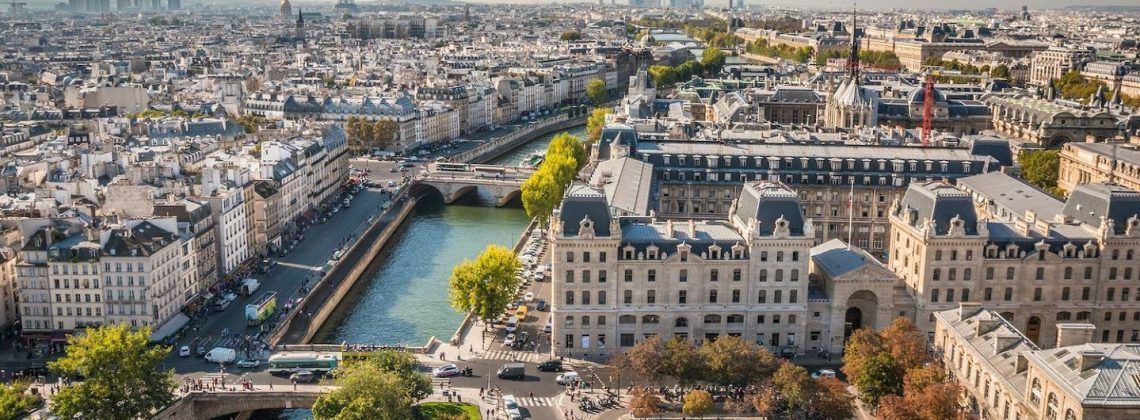
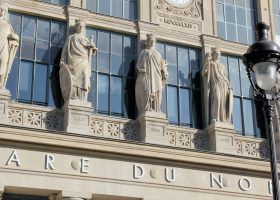
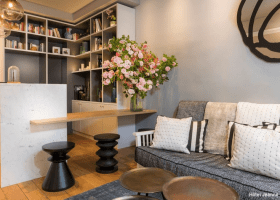



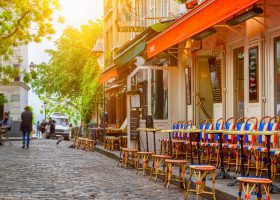

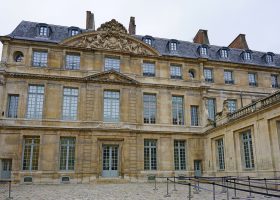



St Germain de Pres is on the left bank of Paris, not the right bank!
Hi! yea, I don’t think what we intended to say was explained well enough. Just updated it!
Bonjour!
Please let me know the best way to get your recommendations. Merci, Deborah
The “Lights of Paris” were the philosophers of the Age of Reason, early 1685 to 1815. Most of them met in the Cafe de La Regency, half way between the Palais Royal and what is now the Louvre. It was torn down in the 1850’s.
Benjamin Franklin frequently Lyons stopped to
Play chess in the evenings.